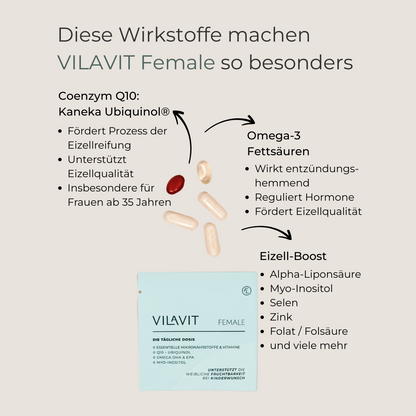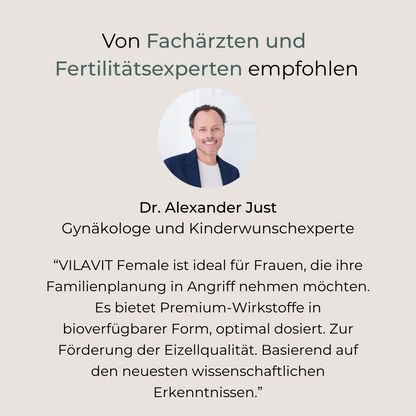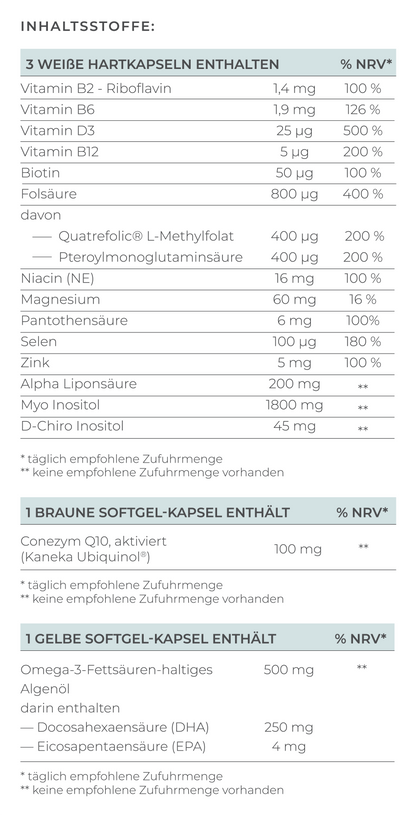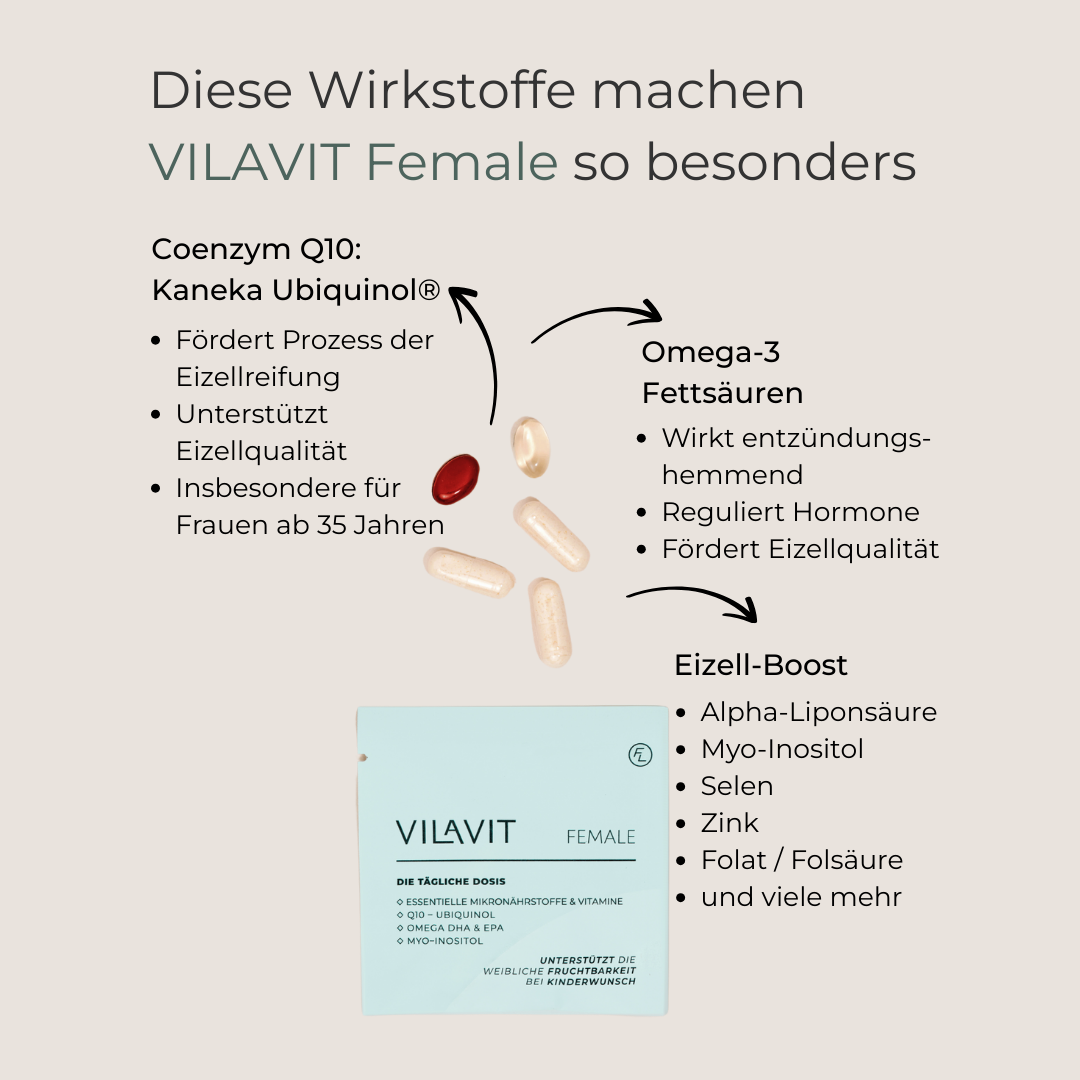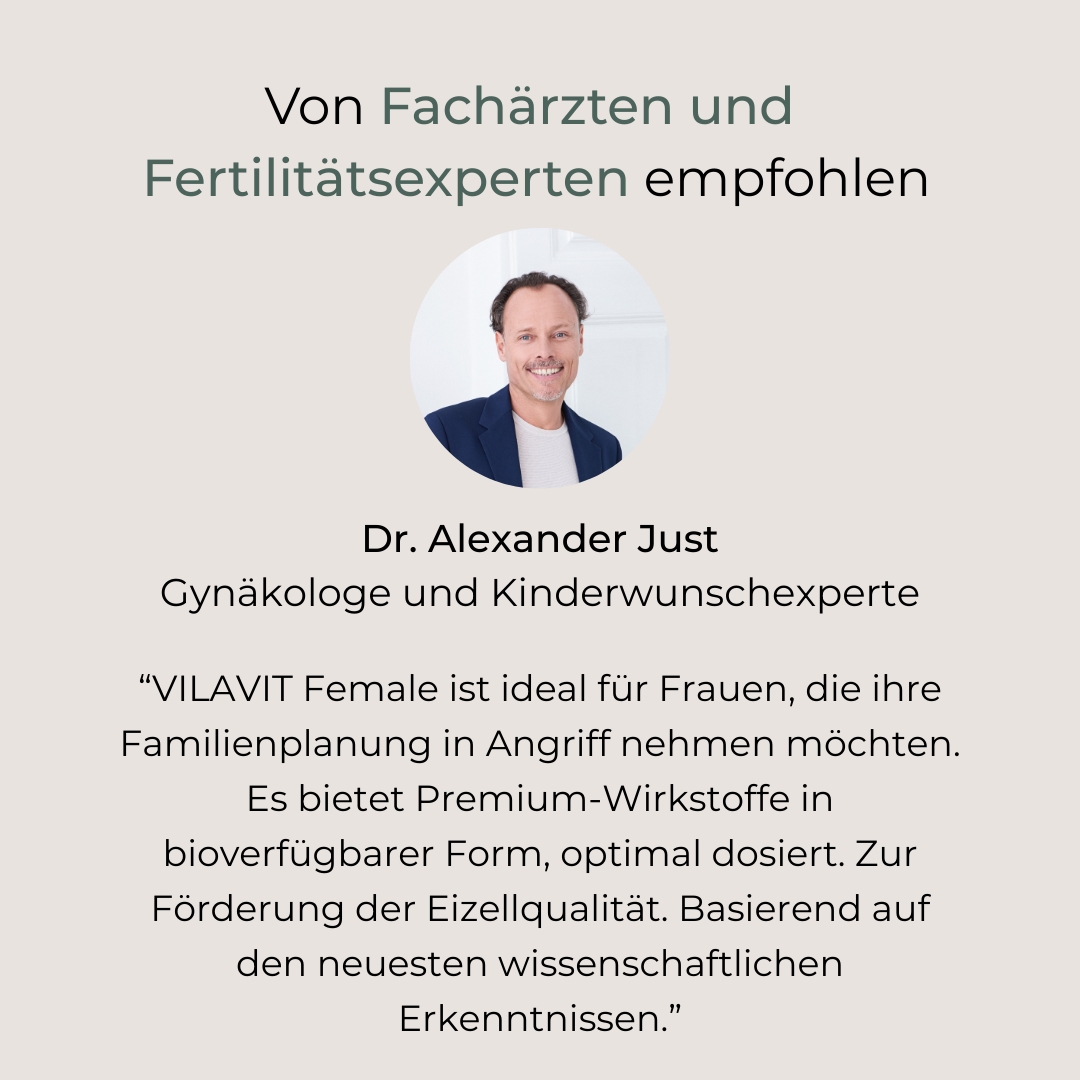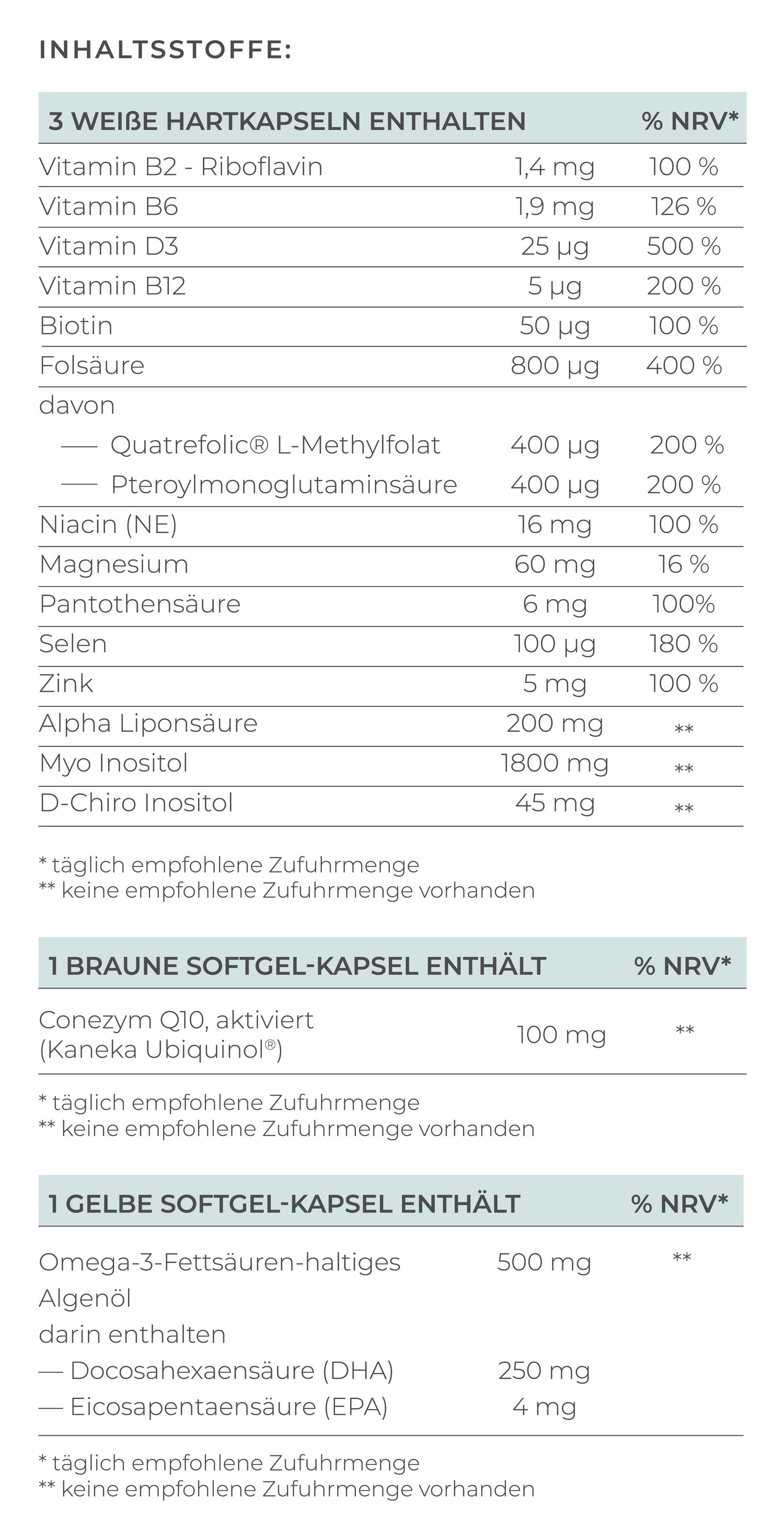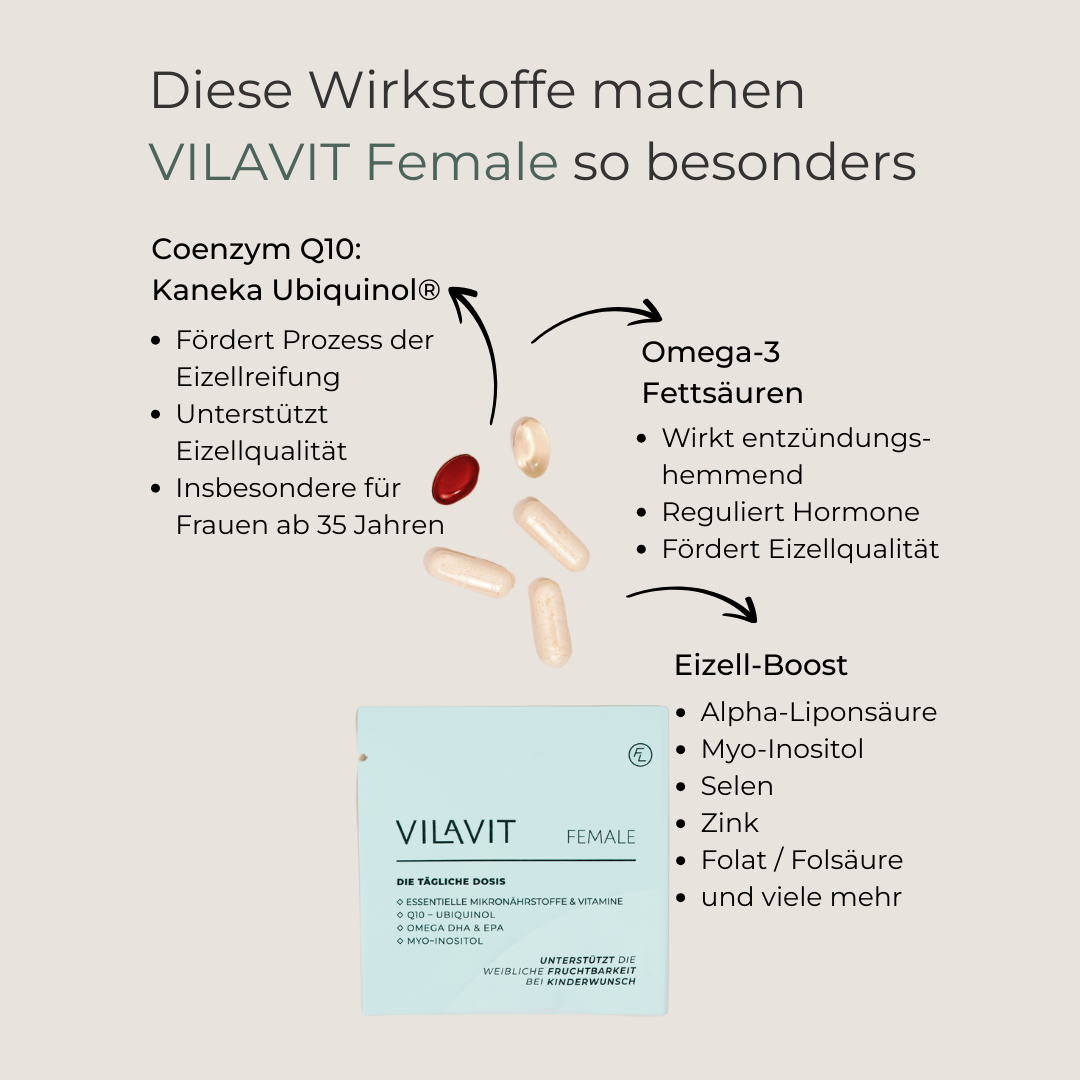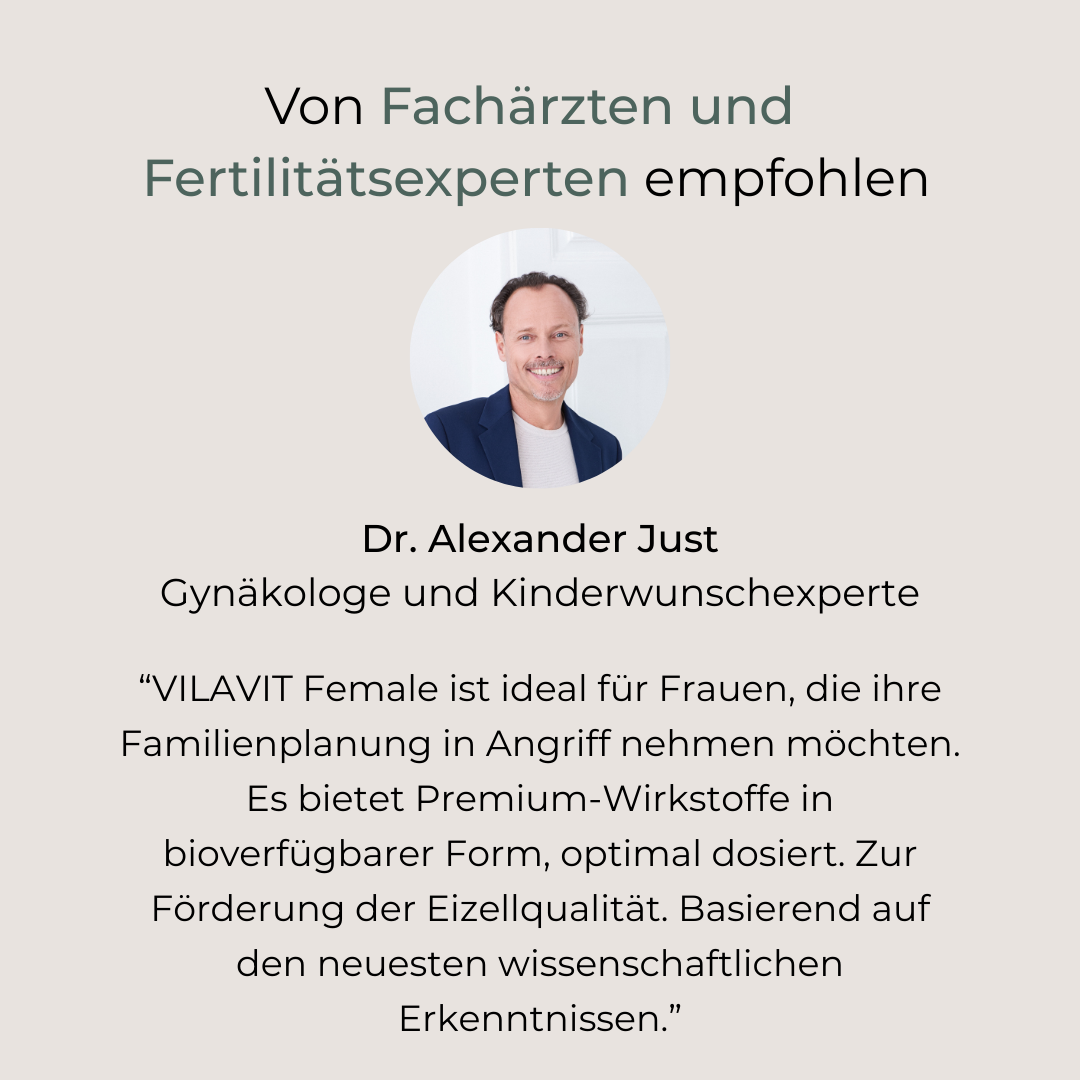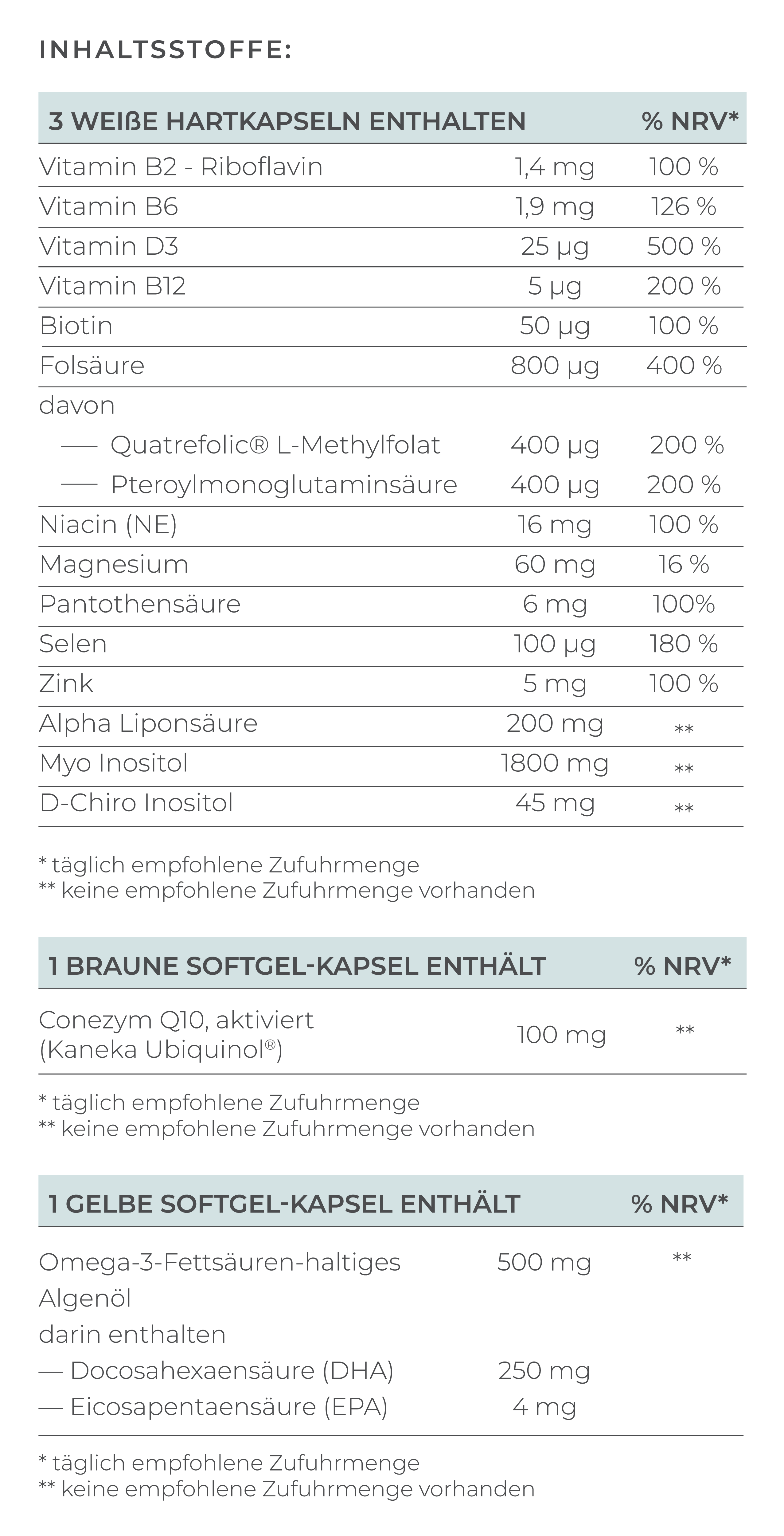The most important facts about adenomyosis and the desire to have children
• Adenomyosis is a benign condition in which cells from the lining of the uterus are found in the muscle layer of the uterus.
• Those affected often suffer from heavy bleeding, (chronic) pain, and reduced fertility. The psychological well-being of patients is also often affected.
• Adenomyosis leads to lower chances of successful fertilization and pregnancy. The risk of various complications is greatly increased.
• However, new research approaches such as the “freeze-all” technique offer hope for couples with adenomyosis who want to have children.
Adenomyosis is a disease of the uterus about which little is known and understood to date. For this reason, a diagnosis of adenomyosis can cause additional uncertainty, especially for couples who want to have children. In this blog, we will try to provide you with the latest and most important scientific findings on the subject.
What is adenomyosis?
Adenomyosis is a benign condition in which the endometrium, the lining of the uterus, invades the myometrium, the middle muscle layer of the uterus. This invasion causes the uterus to enlarge and can also lead to abnormal bleeding and pain.
To date, it is still unclear how and why adenomyosis develops. However, there are various theories, of which we would like to present the two most common and widely accepted ones:
1. The invagination theory: This theory states that the endometrium (the lining of the uterus) grows into the myometrium (the middle muscle layer of the uterus) – sometimes referred to as “sinking.” Possible causes could be minor injuries or other changes in the uterus. The resulting “islands” of mucous membrane in the muscle layer can then cause the classic symptoms such as pain and bleeding.
2. The metaplasia theory: This theory states that remnants of embryonic cells (Müllerian cells) or stem cells may be present in the uterus, which can then transform into endometrial cells, i.e., mucosal cells. This could also lead to the formation of “islands of mucous membrane” in the muscle layer.
Both theories can explain why pregnancy is considered a risk factor for the development of adenomyosis: during pregnancy, the uterine lining undergoes significant changes and, when the embryo implants, cells from the uterine lining could be “carried away” into deeper muscle layers. Changes in hormone levels during pregnancy and other factors may also contribute to the development of adenomyosis (Moawad, et al., 2022).
Indicators, risk factors, and treatment options for adenomyosis
Adenomyosis often manifests itself in heavy menstrual bleeding, abdominal pain, or infertility. In addition to physical symptoms, women with adenomyosis have an increased risk of anxiety, depression, and psychosocial stress (Pados, et al., 2023). However, one-third of patients with adenomyosis have no symptoms of this disease. Although adenomyosis differs from endometriosis, it has often been mistakenly considered a subtype of endometriosis. Nevertheless, the diseases often occur together. Other risk factors include increasing age, pregnancy(ies), and previous uterine surgery. However, due to improved imaging methods, more and more young patients with unfulfilled desires to have children are being diagnosed with adenomyosis. The diagnosis is usually made using a vaginal ultrasound and magnetic resonance imaging (MRI) of the uterus.
Treatment often involves medication that suppresses the menstrual cycle hormonally. If conventional medication is not sufficient, the final step may be a hysterectomy, i.e., surgical removal of the uterus—however, pregnancy is no longer possible after this procedure (Schrager, et al., 2022).
Adenomyosis and fertility
A study conducted in 2023 concluded that the pregnancy rate after artificial insemination is 31-43% lower in couples with adenomyosis than in couples without adenomyosis. Similarly, the likelihood of miscarriage is increased in adenomyosis patients after artificial insemination such as IVF (Vercellini P., et al., 2023). The risk of recurrent miscarriage (RPL) is also increased in patients with adenomyosis. However, the exact reason for this is still largely unclear (Pirtea, P., et al., 2021). Studies on the live birth rate in these cases have come to different conclusions—some scientists found no differences compared to other couples, while others reported a reduction in the live birth rate of over 55% (Vercellini P., et al., 2023). Due to the inconsistency of the results in this case, further research is needed to make a definitive statement.
Adenomyosis and pregnancy complications
Unfortunately, adenomyosis also increases the risk of various pregnancy complications: for example, the risk of preeclampsia, which is simply put, high blood pressure and organ damage, is greatly increased in patients with adenomyosis. The risk of the baby being relatively small for the stage of pregnancy is also greatly increased. Furthermore, pregnant women with adenomyosis are more likely to give birth before the 37th week of pregnancy and have a baby with a lower birth weight. Fetal malposition (e.g., breech presentation), the need for a cesarean section, or postpartum hemorrhage (i.e., increased bleeding after birth) are also more common (Vercellini P., et al., 2023).
Treatment options for adenomyosis patients who wish to have children
As part of an innovative study conducted in 2024, adenomyosis patients underwent either “classic IVF or ICSI” or IVF/ICSI treatment using the “freeze-all” strategy. The “freeze-all” strategy began with “classic” IVF, but the embryos obtained were not implanted immediately; instead, they were first frozen and then implanted at a later date. The theory of the study authors was that the mucosal changes in adenomyosis patients could be exacerbated by the excessively high levels of sex hormones during IVF or ICSI treatment. Embryo transfer at a later date should therefore take place when hormone levels have “normalized,” thus increasing the chances of a successful pregnancy. In fact, the live birth rate for patients undergoing the “freeze-all” strategy was 44.1%, while that for patients undergoing the “classic” IVF or ICSI strategy was only around 30.6%. Although further research and studies on this strategy are needed, this study offers cause for hope (Bourdon, M., et al., 2024).
Another study indicates that both inflammation and free radicals are frequently found in the uteruses of patients with adenomyosis and that this could also be a potential starting point for treating the disease or improving the chances of a successful pregnancy (Kim, H., et al., 2024). VILAVIT Female therefore contains antioxidants such as alpha-lipoic acid and anti-inflammatory substances such as high-quality omega-3 fatty acids.
More and more studies also suggest that ultra-long therapy with GnRHA (gonadotropin-releasing hormone agonist) could be beneficial for patients with adenomyosis, as it “shuts down” the ovaries and uterine lining, leading to what is known as “downregulation.” Ultra-long therapy is not recommended for patients without adenomyosis, but appears to be potentially beneficial for adenomyosis patients. Further studies are also needed for adenomyosis patients, and caution is advised in patients with reduced egg reserves (Nirgianakis, K., et al., 2021).
Frequently asked questions about adenomyosis
What is adenomyosis?
Adenomyosis is a benign condition of the uterus. It involves cells from the endometrium (the lining of the uterus) being found in the myometrium (the muscle layer of the uterus). These pockets of cells can cause heavy bleeding or pain and can also affect fertility. However, some women have no symptoms at all.
Can I still get pregnant with adenomyosis?
Yes! Patients with adenomyosis usually have a lower chance of getting pregnant, but pregnancy is by no means impossible for patients with adenomyosis.
What are the symptoms of adenomyosis?
Adenomyosis can be characterized by heavy menstrual bleeding, pain during menstruation, chronic abdominal pain, infertility, or pain during sexual intercourse.
How is adenomyosis diagnosed?
The diagnosis is usually made through a detailed medical history, a vaginal ultrasound, and magnetic resonance imaging (MRI) of the abdomen.
Is there a medication for adenomyosis?
There are drug therapies available for adenomyosis, but unfortunately they do not produce the desired results in all patients.
Are there any treatments available if I want to get pregnant?
Some possible treatments include IVF or ICSI (preferably with a “freeze-all” strategy), hormone therapy, or possibly surgical procedures. All of these strategies require further study and research. However, even with adenomyosis, you can support your fertility with antioxidants or anti-inflammatory substances in the form of high-quality dietary supplements such as VILAVIT Female.
Are there increased risks during pregnancy with adenomyosis?
Yes, unfortunately, the risk for adenomyosis patients is increased for, among other things
- preeclampsia,
- a relatively small baby for the course of the pregnancy,
- birth before the 37th week of pregnancy,
- a reduced birth weight of the baby,
- the need for a cesarean section,
- the risk of postpartum hemorrhage.
References
- Moawad, G., Kheil, M. H., Ayoubi, J. M., Klebanoff, J. S., Rahman, S., & Sharara, F. I. (2022). Adenomyosis and infertility. Journal of assisted reproduction and genetics, 39(5), 1027–1031.
- Pados, G., Gordts, S., Sorrentino, F., Nisolle, M., Nappi, L., & Daniilidis, A. (2023). Adenomyosis and Infertility: A Literature Review. Medicina (Kaunas, Lithuania), 59(9), 1551.
- Schrager, S., Yogendran, L., Marquez, C. M., & Sadowski, E. A. (2022). Adenomyosis: Diagnosis and Management. American family physician, 105(1), 33–38.
- Vercellini, P., Viganò, P., Bandini, V., Buggio, L., Berlanda, N., & Somigliana, E. (2023). Association of endometriosis and adenomyosis with pregnancy and infertility. Fertility and sterility, 119(5), 727–740.
- Pirtea, P., Cicinelli, E., De Nola, R., de Ziegler, D., & Ayoubi, J. M. (2021). Endometrial causes of recurrent pregnancy losses: endometriosis, adenomyosis, and chronic endometritis. Fertility and sterility, 115(3), 546–560.
- Bourdon, M., Santulli, P., Maignien, C., Bordonne, C., Millischer, A. E., Chargui, A., Marcellin, L., Mantelet, L. M., Fouque Gadol, L., & Chapron, C. (2024). The "freeze-all" strategy seems to improve the chances of birth in adenomyosis-affected women. Fertility and sterility, 121(3), 460–469.
- Kim, H., Frisch, E. H., & Falcone, T. (2024). From Diagnosis to Fertility: Optimizing Treatment of Adenomyosis for Reproductive Health. Journal of clinical medicine, 13(16), 4926.
- Nirgianakis, K., Kalaitzopoulos, D. R., Schwartz, A. S. K., Spaanderman, M., Kramer, B. W., Mueller, M. D., & Mueller, M. (2021). Fertility, pregnancy and neonatal outcomes of patients with adenomyosis: a systematic review and meta-analysis. Reproductive biomedicine online, 42(1), 185–206.






